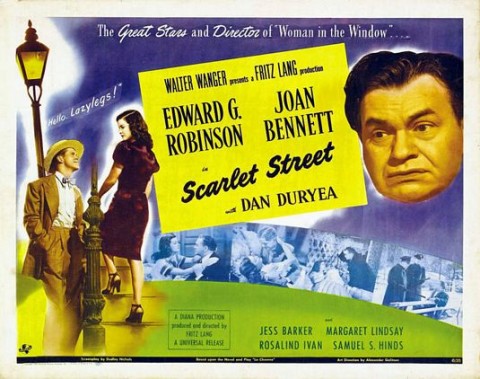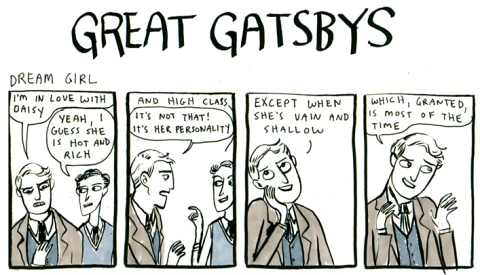In this rare recording from 1939, Ezra Pound gives a passionate reading of his early work about a warmongering 12th century troubadour, a poem called “Sestina: Altaforte.”
The poem was written in early 1909, when Pound was an ambitious 23-year-old American living in London. At that time Pound was in the habit of spending hours every day poring over books in the British Museum reading room.
“I resolved that at thirty I would know more about poetry than any man living,” wrote Pound, “that I would know the dynamic content from the shell, that I would know what was accounted poetry everywhere, what part of poetry was ‘indestructible,’ what part could not be lost by translation, and–scarcely less important what effects were obtainable in one language only and were utterly incapable of being translated.”
In pursuit of this goal, Pound “learned more or less of nine foreign languages.” Among those was Occitan, or Langue d’oc, the language of the medieval troubadours. Pound had become fascinated with the troubadours while studing romance literature at Hamilton College and the University of Pennsylvania. One figure who especially intrigued him was Bertran de Born, the late-12th century nobleman, warrior and troubadour who was immortalized by Dante Alighieri in Canto XXVIII of the Inferno as one of the sowers of discord in Circle Eight, condemned to be hacked to pieces over and over again for his role in fomenting a quarrel between King Henry II of England and his sons Richard II (the “Lionheart”) and Prince Henry. In John Ciardi’s translation of the Inferno, Dante describes the hideous figure of Bertran, his head cut off for the sin of sowing discord between kinsmen:
I saw it there; I seem to see it still–
a body without a head, that moved along
like all the others in that spew and spill.
It held the severed head by its own hair,
swinging it like a lantern in its hand;
and the head looked at us and wept in its despair.
It made itself a lamp of its own head,
and they were two in one and one in two;
how this can be, He knows who so commanded.
Pound would eventually translate several of Bertran’s surviving poems, but he found it difficult. He decided first to write his own poem in the voice of Bertran, incorporating bloodthirsty images from the medieval poet’s own verse and setting the new poem in the 12th century Sestina form, which originated with the troubadours of southern France. In his essay “How I Began,” Pound recalls the composition of “Sestina: Altaforte”:
I had De Born on my mind. I had found him untranslatable. Then it occurred to me that I might present him in this manner. I wanted the curious involution and recurrence of the Sestina. I knew more or less of the arrangement. I wrote the first strophe and then went to the Museum to make sure of the right order of permutations, for I was then living in Langham Street, next to the “pub,” and had hardly any books with me. I did the rest of the poem at a sitting. Technically it is one of my best, though a poem of such a theme could never be very important.
The Sestina is a complex form with 39 lines (six stanzas of six lines each followed by an envoi of three lines) all ending with one of six words that are grouped together in each stanza. For “Sestina: Altaforte,” Pound chose the words “clash,” “crimson,” “opposing,” “rejoicing,” “music” and “peace.” The images of clashing swords and crimson blood earned Pound’s poem the nickname “Bloody Sestina.” It was the first of his poems to make it into Ford Maddox Hueffer’s prestigious English Review. When Pound recited the poem in 1909 at a gathering of poets at a London restaurant, he reportedly put so much passion into his performance that “the table shook and cutlery vibrated in resonance with his voice.”
That same passion can be heard in the recording above, made thirty years later when Pound was visiting America for the first time in 28 years. It was recorded on May 17, 1939 in the Woodberry Poetry Room at Harvard University. For dramatic effect, Pound accompanied himself on a kettledrum. To read the words of “Sestina: Altaforte” as you listen to Pound’s voice, click here to open the text in a new window. And to hear all of Pound’s 1939 recordings, go to PennSound, where you can hear those recordings and many more by Pound.




